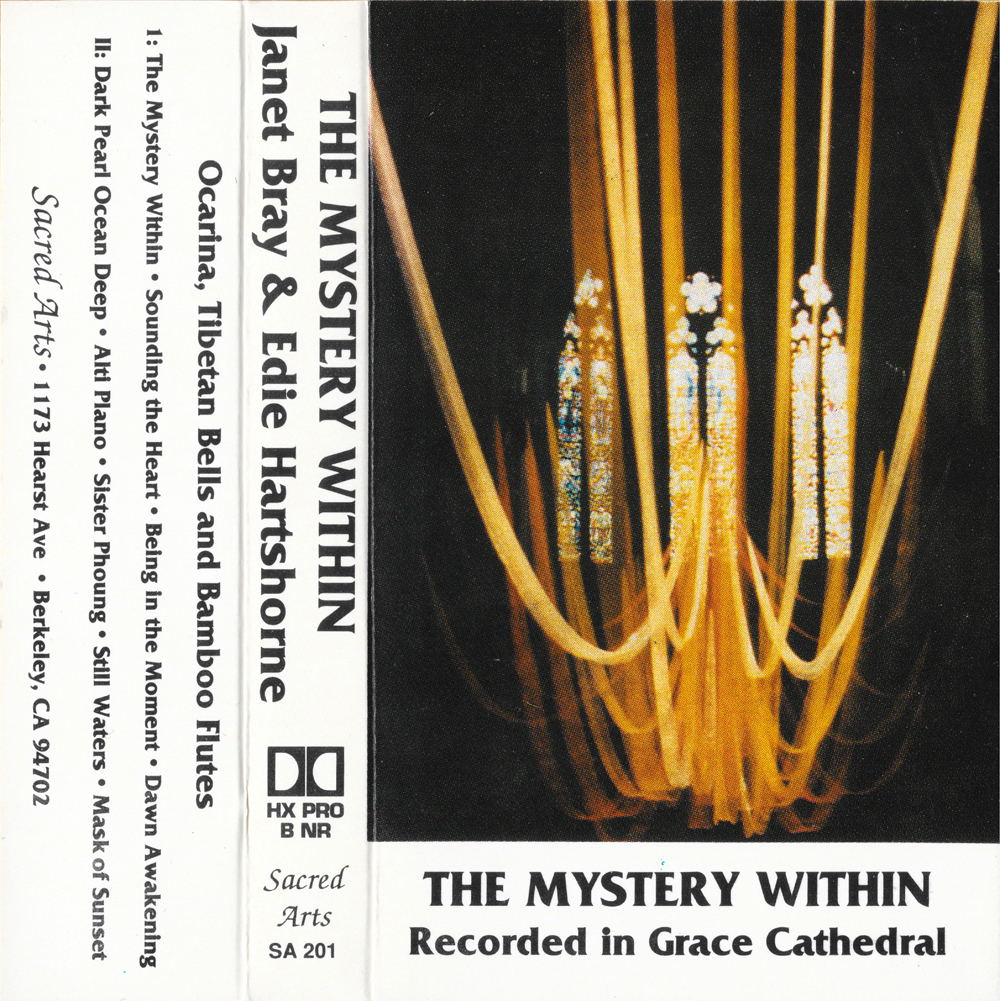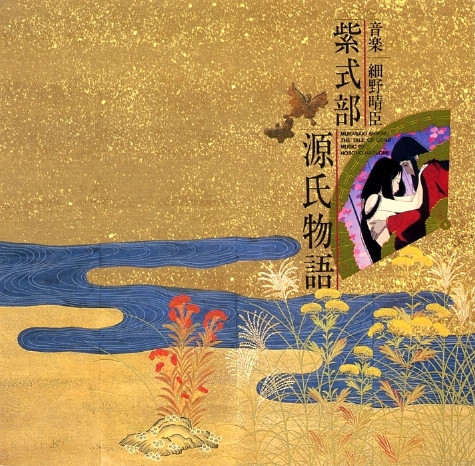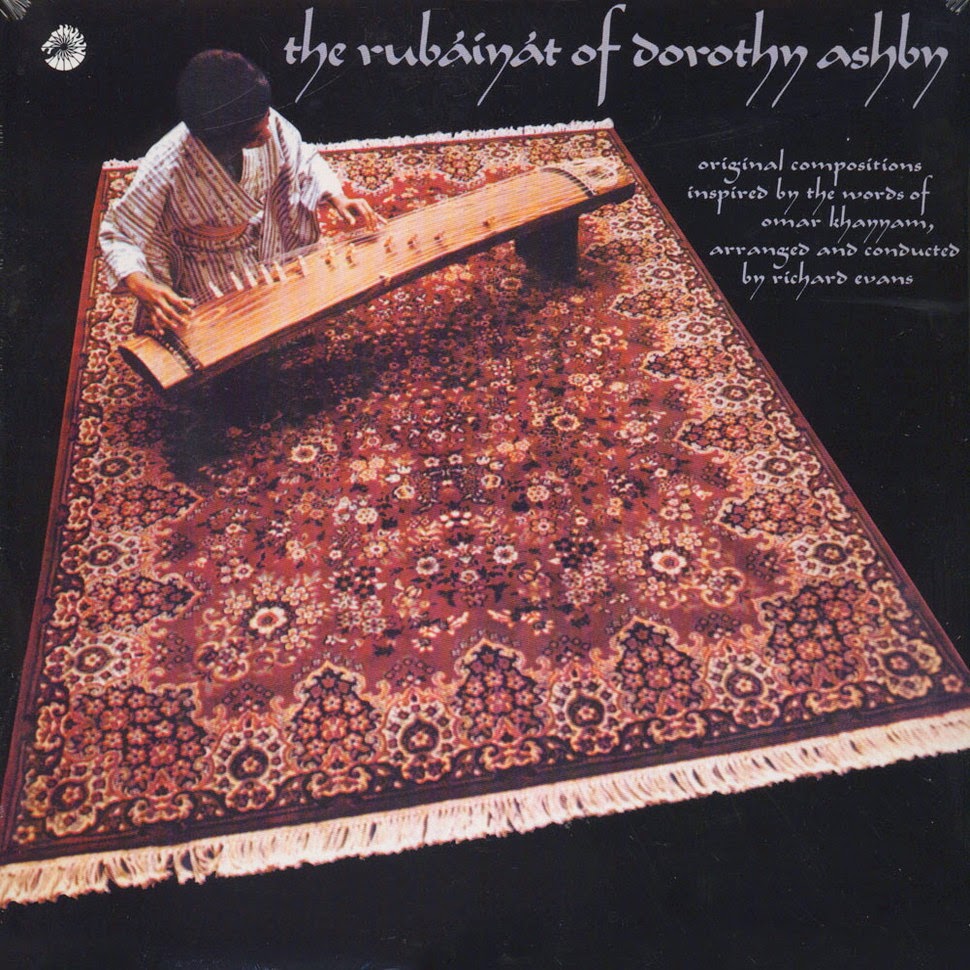
Super bare bones meditative instrumentals. Ocarina, Tibetan bells and bowls, bamboo flutes, and koto. I haven’t been able to confirm a release year, but my best guess is 1988. It looks as if the pair later released a record with a similar tracklisting in 2010, though the songs that have the same titles as these seem like modified versions. Predictably gorgeous room tone. I love how intimately you can hear the inhales and exhales of the flutist–despite being recorded in San Francisco’s Grace Cathedral, there are moments where, rather than feeling drowned in cavernous echo, you feel as if you’re sitting a few inches away from the musician. From the liner notes:
We only use the pure sounds of instruments wrought from the earth: clay, wood, bamboo, precious metals. As we performed in the Cathedral, we experienced an interplay between the instruments and the reverberation of the Cathedral itself, as if the Cathedral were a sacred instrument.
The Tibetan bowls have been used in Buddhist meditations for many centuries. The ocarina, also called “huaca” in the Andes, means “breath of spirit.” In the Andean burial grounds, huacas call forth the Divine and assist the passage of souls to the next world.
The Japanese koto, a 13 stringed instrument made of Paulownia wood, came to Japan in the 8th century from China. The four-foot-long side-blown bamboo flute has only four finger holes, and uses the same pentatonic scale as the shakuhachi. We use Eastern as well as Western musical scales.
Edie Hartshorne has lived and studied in Japan, Europe, and South America, and has played Japanese and Western music for over 25 years. She uses music to create group rituals and ceremonies, and sacred spaces for individuals. She works with poets and artists exploring the synthesis of music, image, and words.
Janet Bray has worked with sacred sound for over 30 years in music and healing. She synthesizes disciplines of music, Ashtanga yoga, meditation, dream work and integrative hypnotherapy. Janet’s commitment is to guide those who seek inner growth and harmony.
If you liked this very good singing bowl cassette, you’ll probably like this. Thank you Sounds of the Dawn for the tip!



